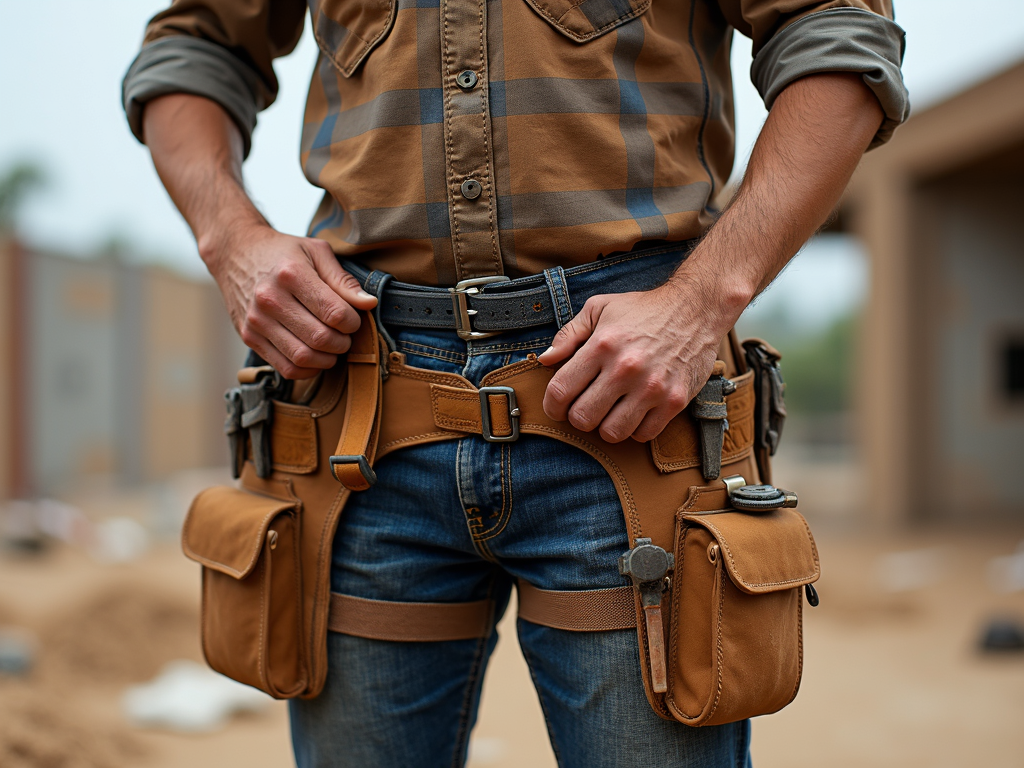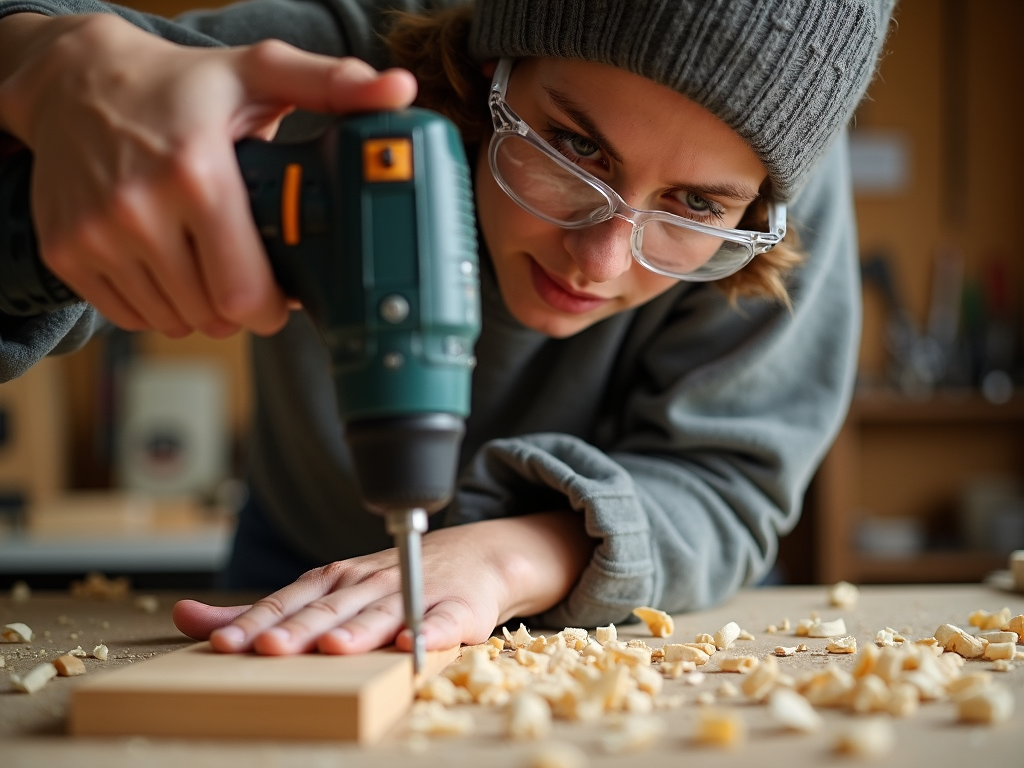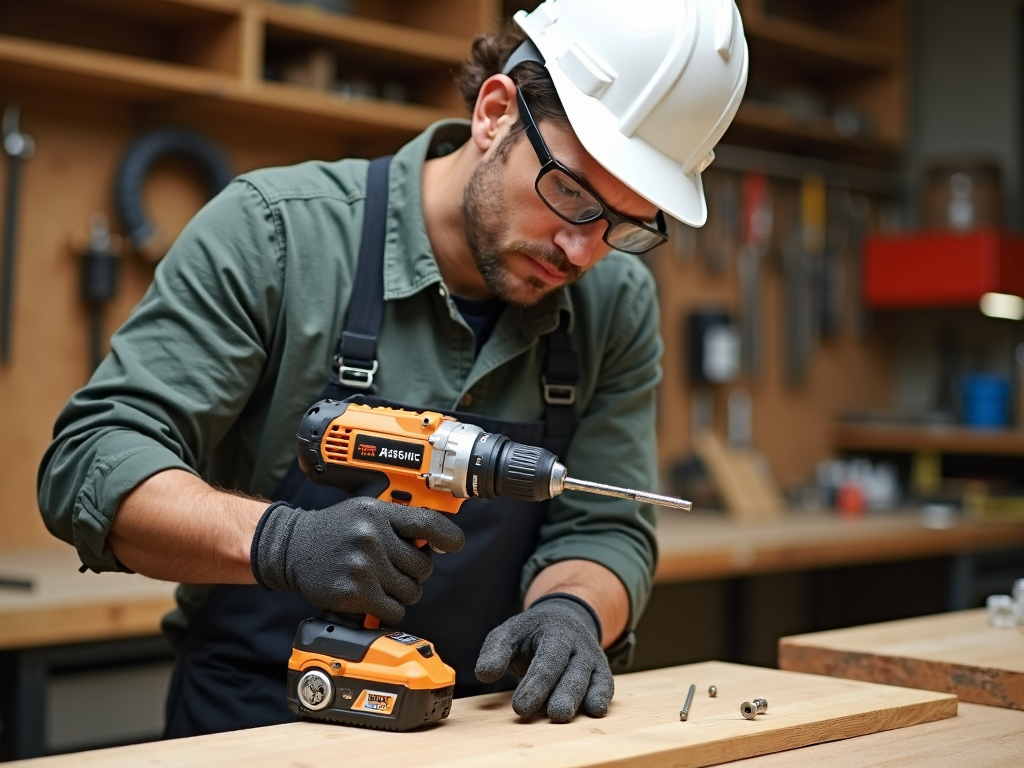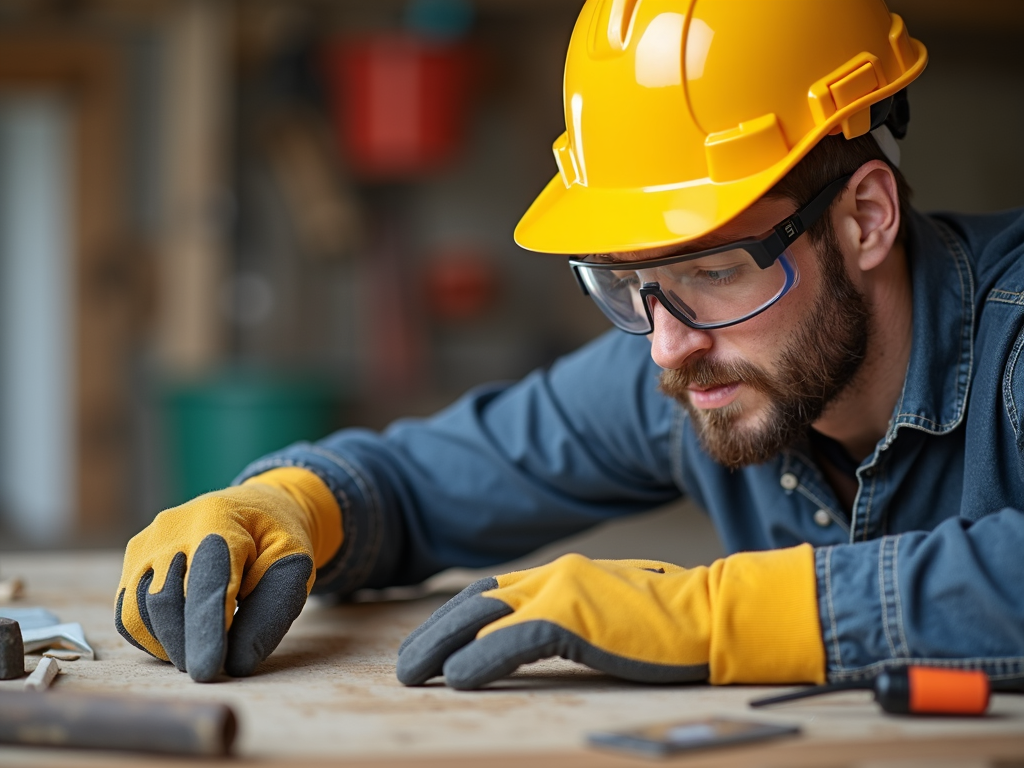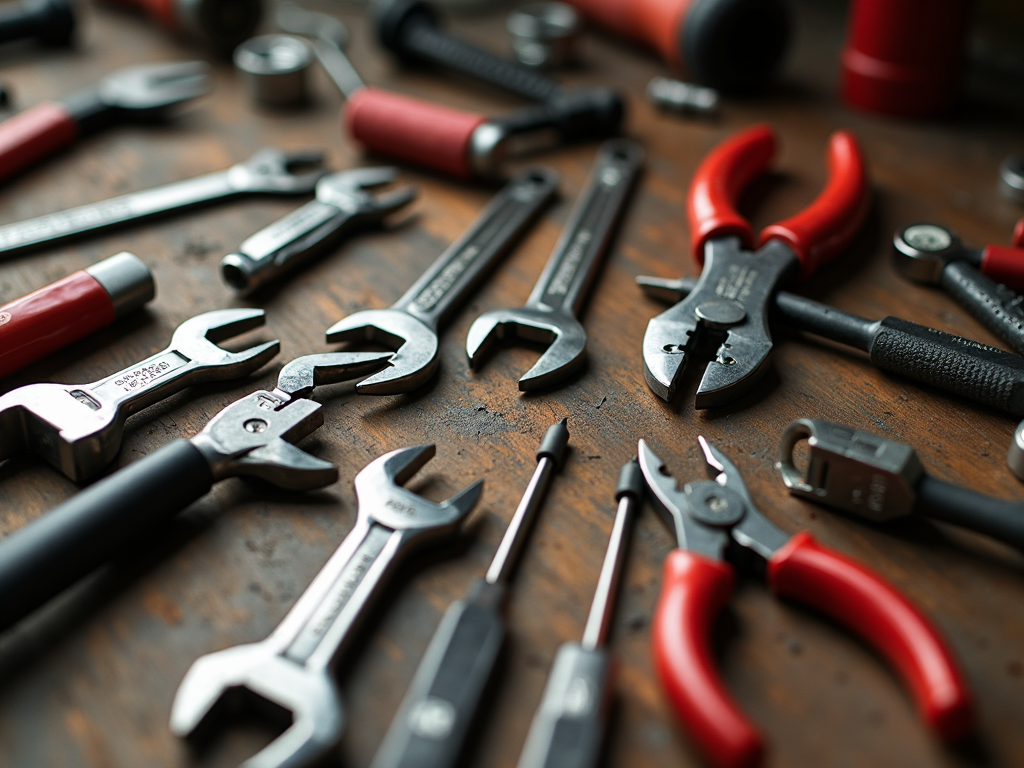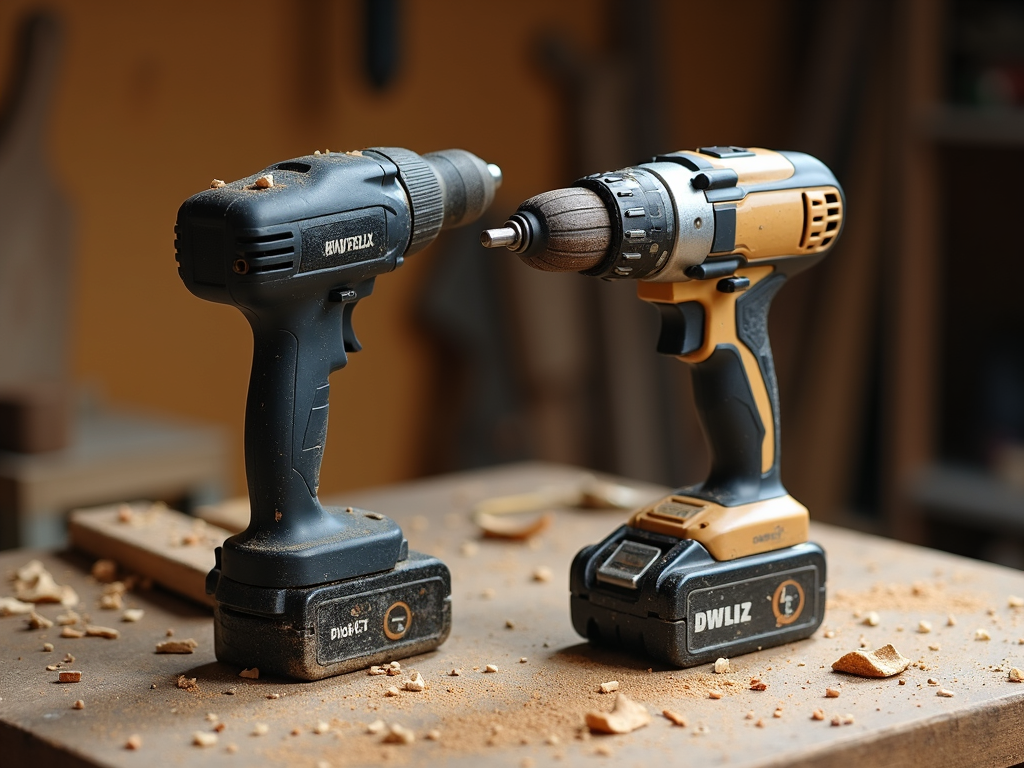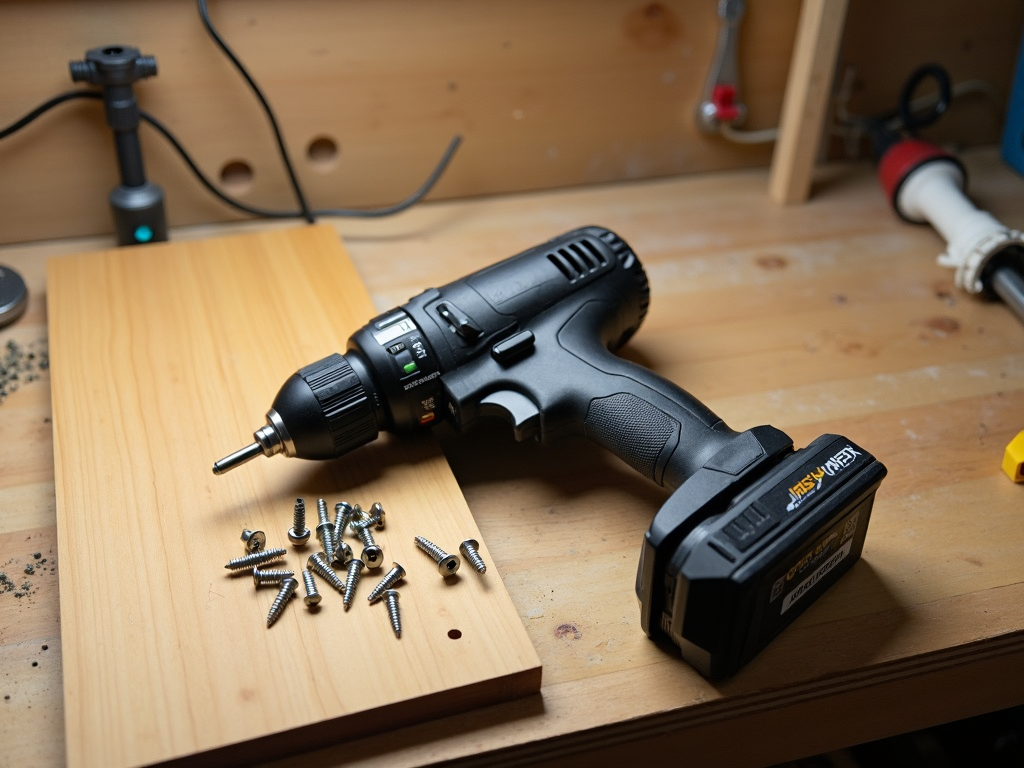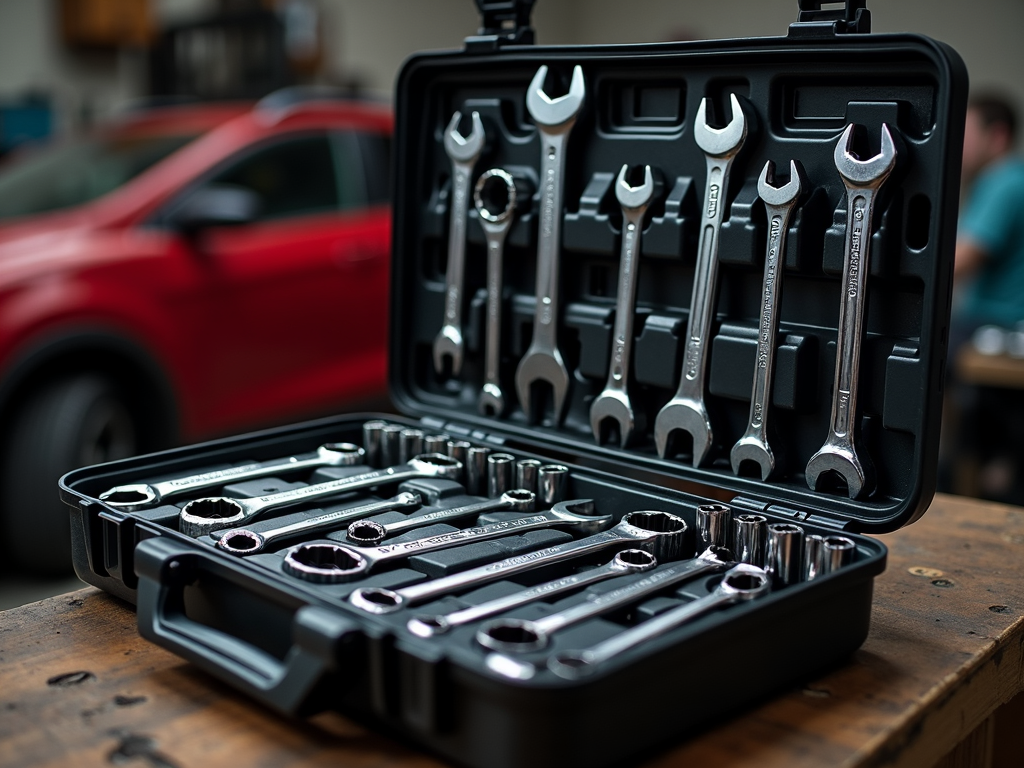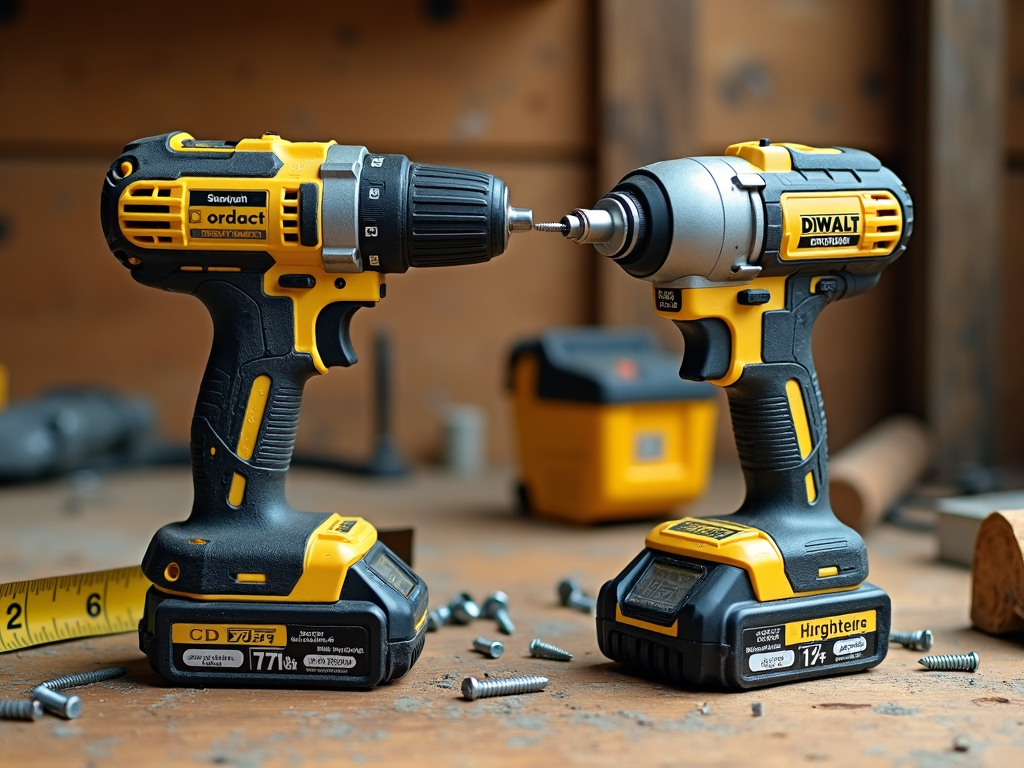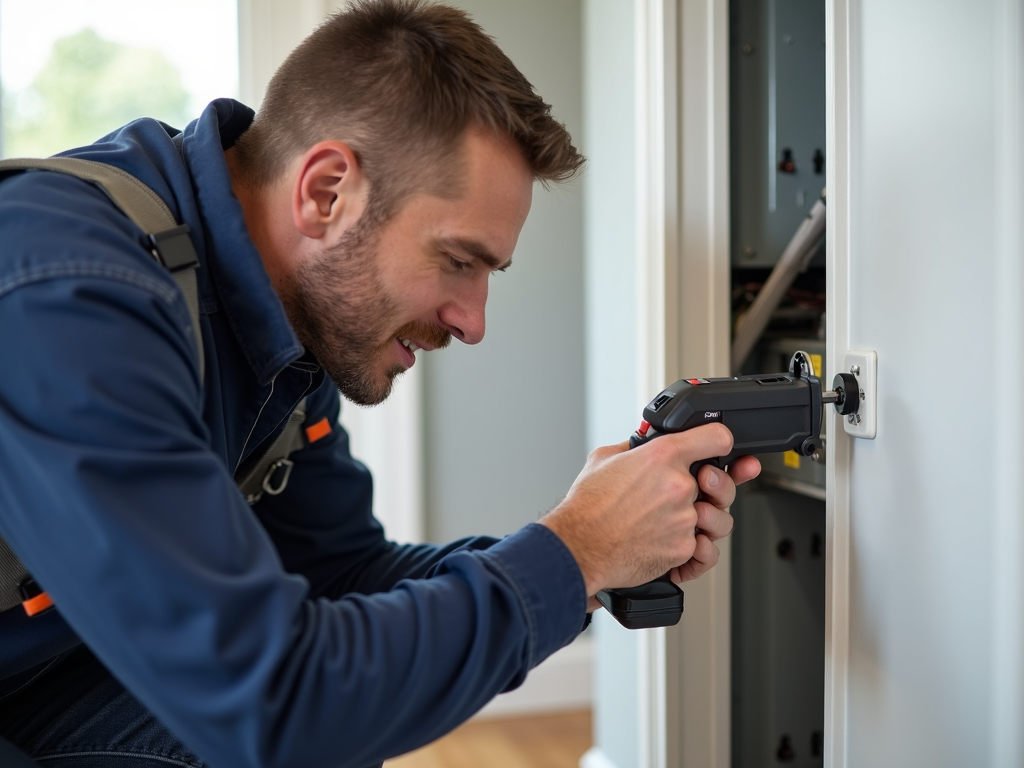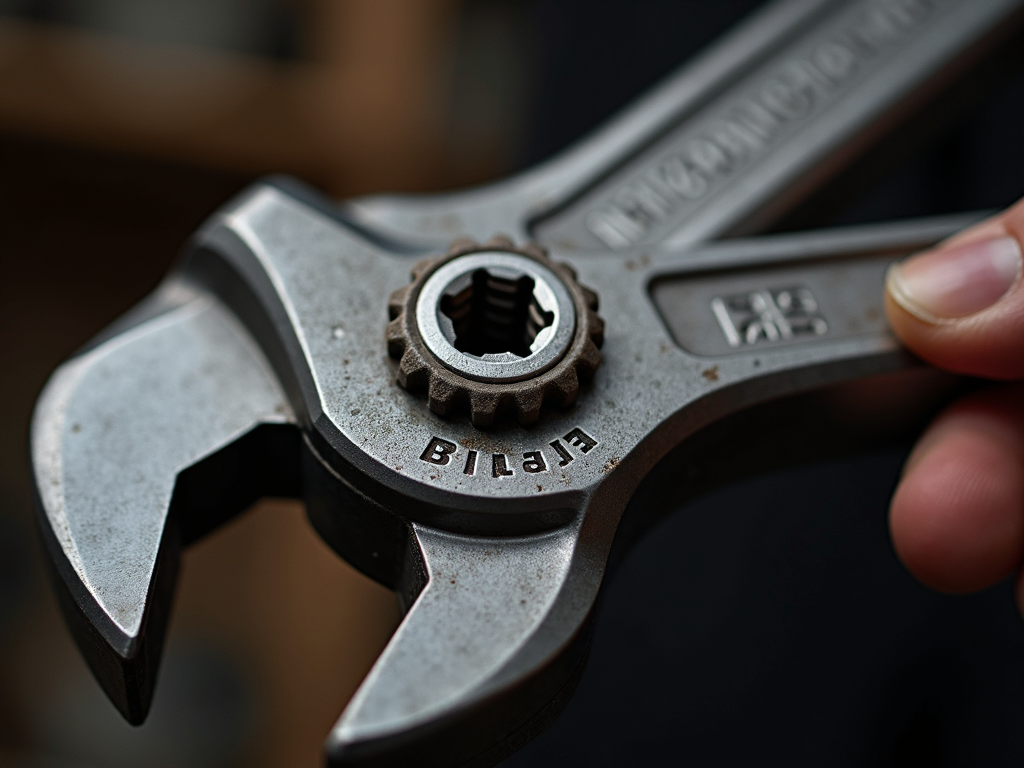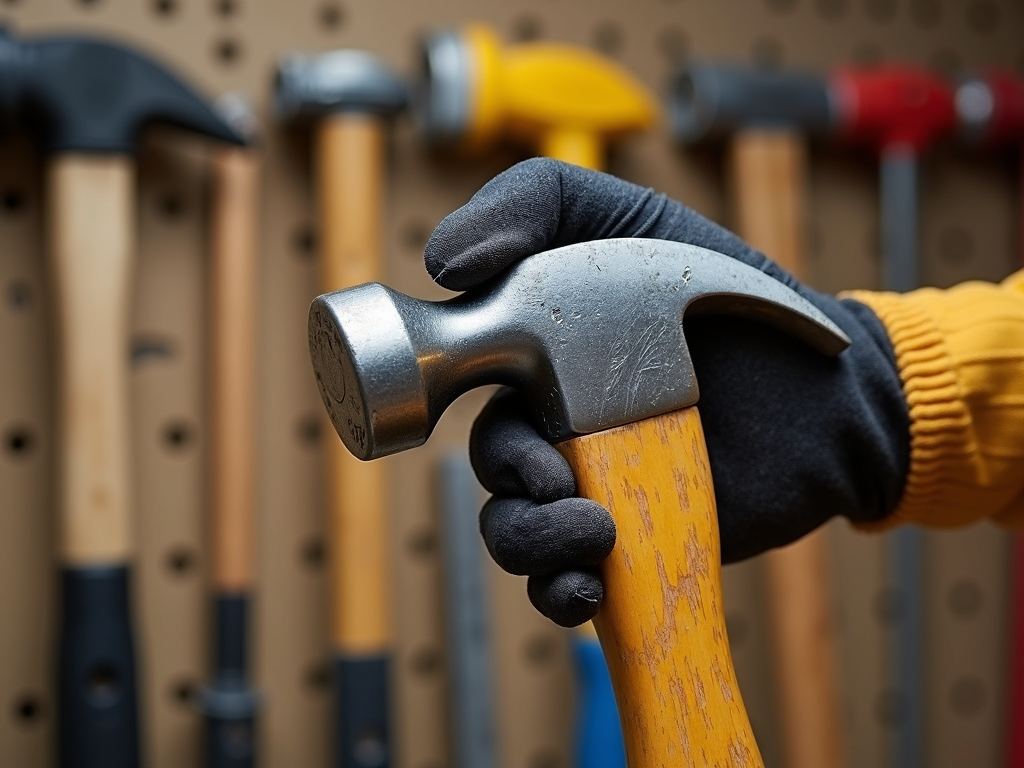Overview
Cordless power tools are a game-changer for DIY enthusiasts and professionals alike, offering portability and convenience. However, to ensure they perform at their best and last longer, proper maintenance is crucial. In this article, we'll explore essential tips and best practices for maintaining your cordless power tools, helping you get the most out of your investment.
Battery Care
Proper battery maintenance is essential for the longevity and performance of your cordless power tools. Here are some key tips:
-
Charging and Discharging: Always follow the manufacturer's guidelines for charging your batteries. Overcharging or undercharging can reduce battery life. It's also important to let the battery cool down before recharging it after use. According to DeWalt's Battery Maintenance Guide, proper charging and storage are crucial for battery longevity.
-
Storing Batteries: When not in use, store batteries in a cool, dry place. Avoid exposing them to extreme temperatures, as this can damage the battery cells. If you won't be using the tool for an extended period, consider removing the battery and storing it separately.
-
Recognizing Signs of Battery Wear: Over time, batteries will lose their capacity to hold a charge. If you notice that your tool isn't holding a charge as long as it used to, or if it takes longer to charge, it might be time to replace the battery.
Personal Insight: I once had a cordless drill that I loved, but after a few years, the battery just wouldn't hold a charge. I learned the hard way that proper battery care is crucial. Now, I make sure to follow the manufacturer's guidelines and store my batteries properly when not in use.
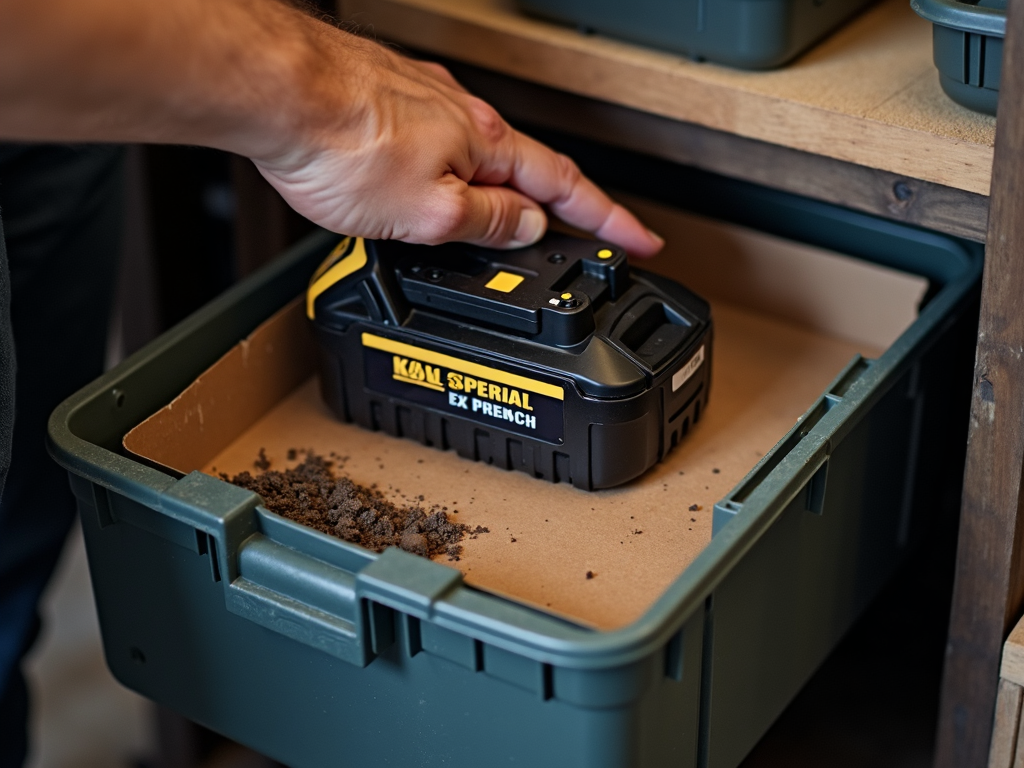
Cleaning and Lubrication
Keeping your cordless power tools clean and well-lubricated is essential for their performance and longevity. Here's how to do it:
-
Removing Dust and Debris: After each use, take a few minutes to clean your tools. Use a soft brush or compressed air to remove dust and debris from the tool's exterior and vents. This prevents buildup that can affect performance. For more detailed cleaning instructions, check out The Family Handyman's guide on How to Clean Power Tools.
-
Lubricating Moving Parts: Regularly lubricate moving parts, such as gears and bearings, to reduce friction and wear. Use the recommended lubricant for your specific tool, and follow the manufacturer's instructions.
-
Checking for Wear and Tear: Inspect your tools regularly for signs of wear and tear, such as frayed cords or damaged parts. Address any issues promptly to prevent further damage.
Personal Insight: I once neglected to clean my cordless saw after a particularly messy project, and the next time I used it, it didn't perform as well. I realized that regular cleaning is not just about aesthetics; it's crucial for maintaining performance.
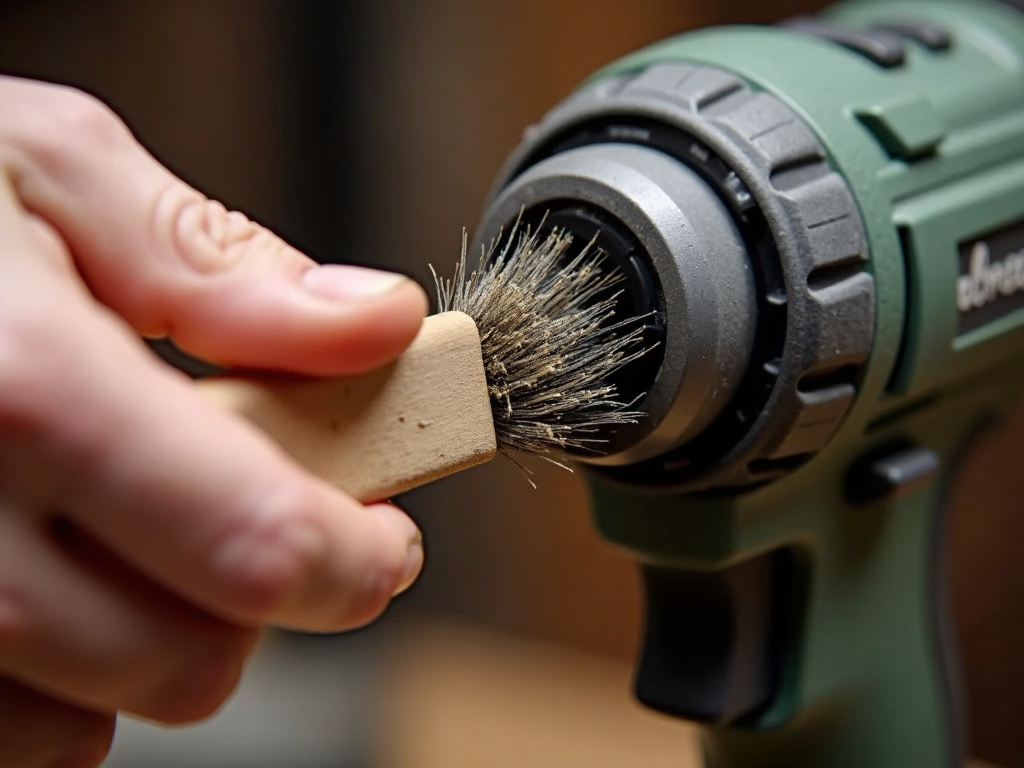
Storage
Proper storage is key to protecting your cordless power tools and ensuring they last longer. Here are some tips:
-
Choosing the Right Storage Environment: Store your tools in a dry, cool place, away from direct sunlight and moisture. Extreme temperatures and humidity can damage the tools and their batteries. The Occupational Safety and Health Administration (OSHA) recommends storing power tools in a dry, secure location to prevent damage and ensure safety.
-
Organizing Tools for Easy Access: Keep your tools organized and easily accessible. Use toolboxes, shelves, or pegboards to store them neatly. This not only protects the tools but also makes it easier to find what you need when you need it.
-
Protecting Tools from Damage: When storing tools, make sure they are not stacked on top of each other or in a way that could cause damage. Use protective cases or covers if available.
Personal Insight: I used to just throw my tools into a box after use, but I quickly learned that this led to scratches and damage. Now, I take the time to store them properly, and it has made a big difference in their longevity.
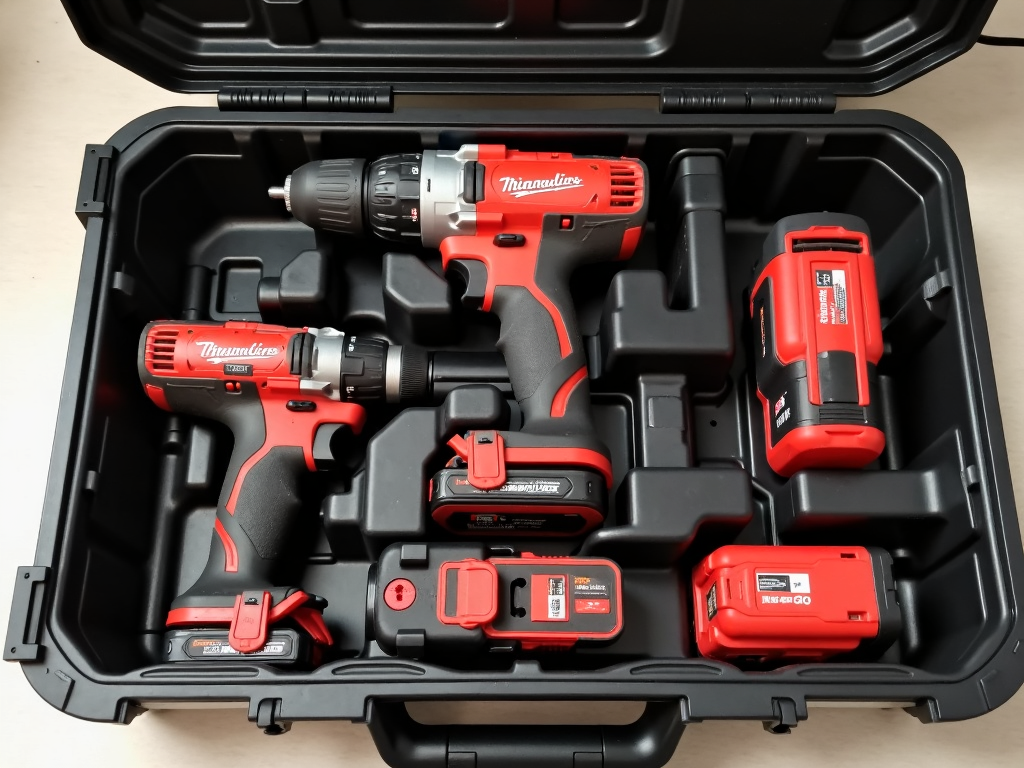
Regular Checks and Maintenance
Regular checks and maintenance are essential to keep your cordless power tools in top condition. Here's what to do:
-
Inspecting Tools Before and After Use: Before using a tool, check for any visible damage or loose parts. After use, inspect it again to ensure everything is in order.
-
Tightening Loose Parts: Over time, parts can become loose due to vibration. Regularly check and tighten any loose screws or bolts to prevent further issues.
-
Replacing Worn-Out Components: If you notice any worn-out or damaged components, such as brushes or switches, replace them promptly. This will help maintain the tool's performance and safety. Refer to your tool's user manual for specific maintenance schedules. For general guidelines, see this article from the University of California's Engineering Department.
Personal Insight: I once ignored a loose screw on my cordless drill, thinking it was no big deal. But during a project, the screw came out completely, and the drill stopped working. Since then, I've made it a habit to check and tighten all parts regularly.
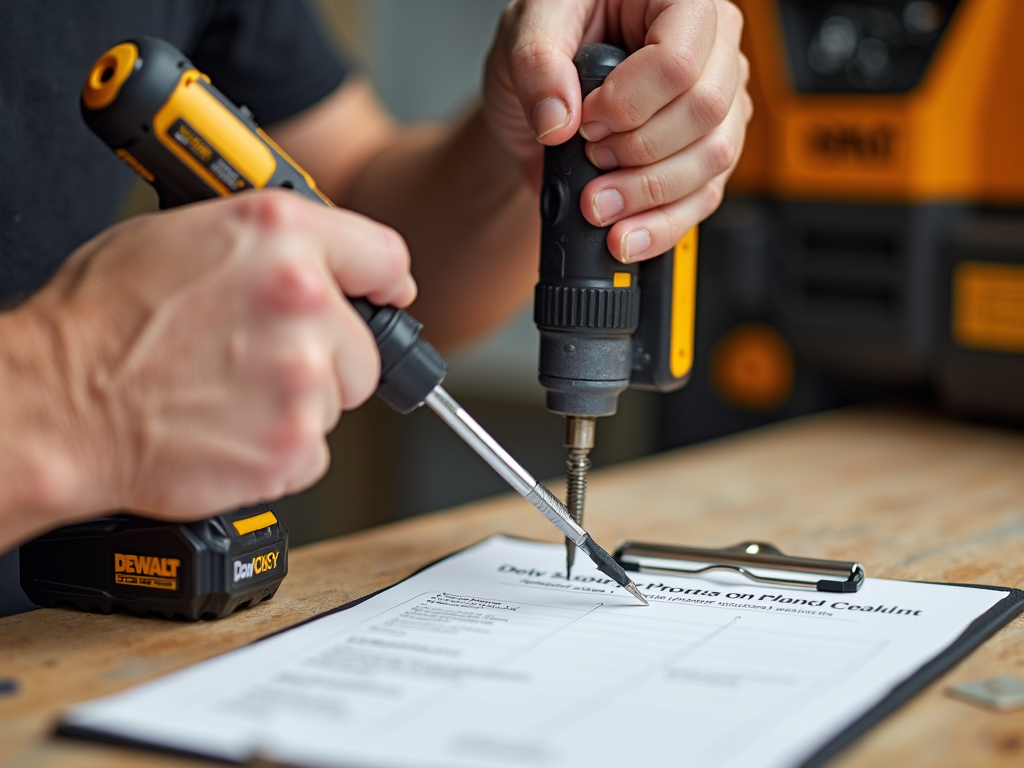
Summary
Maintaining your cordless power tools is essential for their longevity and performance. By following these tips for battery care, cleaning, storage, and regular checks, you can ensure your tools stay in top condition. Remember, a little maintenance goes a long way in extending the life of your tools and saving you money in the long run.
Related How to Maintain Your Cordless Power Tools:
- The Ultimate Guide to Tool Belts for Construction Workers
- Essential Safety Gear for Power Tool Users: A Comprehensive Guide
- Safety First: Using Tools the Right Way
- DIY Safety: Tips to Avoid Common Mistakes
- Workman Tools for Plumbing Projects: A Comprehensive Guide
- The Evolution of Power Tools: From Manual to Modern
- A Beginner’s Guide to Different Power Tool Types
- Essential Tools for Every DIY Mechanic: A Comprehensive Guide
- Cordless Drills vs. Impact Drivers: What’s the Difference?
- Ergonomic Workman Tools for Comfort: A Comprehensive Guide
- How to Care for Your Workman Tools: A Comprehensive Guide
- Maintenance Tips for Your Construction Tools: A Comprehensive Guide
